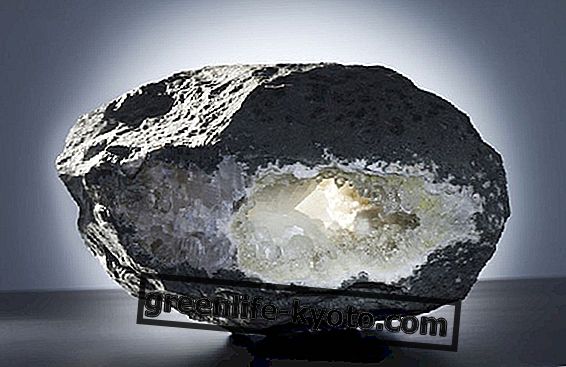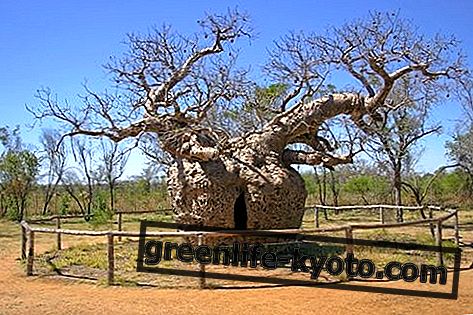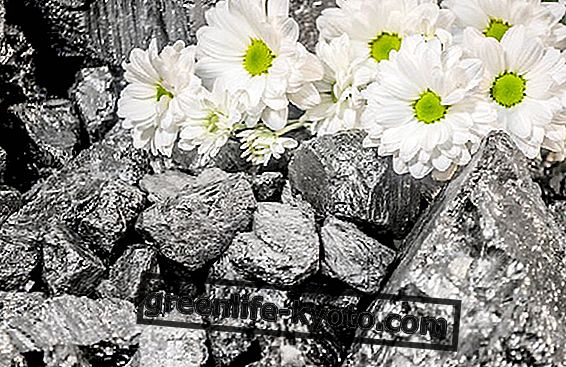
Who has never been struck by the so-called torticollis? The name itself makes us understand what it is: a painful blockage of the muscles of the cervical tract which prevents twisting or bending of the head .
Traditional Chinese Medicine considers the cervical portion as a particularly supportive area, as indeed it is, it must support the skull, but also on a symbolic level this function is particularly onerous.
The neck supports the world, our rational, emotional, creative world, the hard disk of our whole body, and therefore a great weight.
No coincidence that the first cervical vertebra is called Atlas, as the mythological figure that supported the weight of the world on his shoulders. The stiff neck prevents freedom of movement, the rotatory and flexor excursion with which the head is turned, with which the surrounding reality is observed: everything is blocked, concentrated, and forcing this limitation causes pain!
The neck in for Chinese medicine
The neck is an area subject to so-called perverse energies : cold, wind, humidity and heat are elements that can cause cervical disorders and even from there "enter" the body and unbalance it.
In fact, Chinese medicine identifies various points through which perverse energies enter our body along energy channels and can cause energy and blood to stagnate, with blocks of various kinds, including muscle blocks.
The stiff neck in particular is defined in Chinese medicine as "external wind attack". It is no coincidence that in a distal area between vertebra T2 and T3 a point called Feng Men is indicated, a wind door, which is involved when a stagnation caused by an external energy comes into play.
The stiff neck is therefore a consequence of a "weakness" of our condition, of our soil, sensitive to perverse energies, so that even prolonged incorrect postures, incorrect vibrations and movements are more easily noticeable in subjects where the wind door is "easily opened" ".
When the torticollis occurs, and therefore a blockage of the cervical portion and its innate movements, the energies of the connected meridians also stagnate : the biliary vesicle, liver and bladder Qi no longer flows freely.
The area cools down because even the Xué, the blood, does not irrigate the tissues more correctly . If no action is taken promptly, muscle stiffening expands to involve other dorsal portions, shoulders, arms, front muscles, eyes.
But how to intervene promptly? Thanks to shiatsu and its ability to aim "at the right point or points", thanks to meridian mapping and the 5-movement theory of traditional Chinese medicine.
Shiatsu for stiff neck
Shiatsu is a discipline that uses acupressure and targeted manipulations to unblock energy stagnations. The approach to the neck must however be very light and take place gradually, as the blockage in the event of a stiff neck creates excruciating pain if manipulated with force.
Shiatsu in the case of the cervical area involves heating the part with the hands in an enveloping grip on the neck and on the trapeze, listening to the breath which, by modifying and relaxing, allows one to "enter" in empathy and make the treatment welcome, an absolutely essential step.
The kneading of the cervical portion in a slow, delicate but progressively deeper way, allows to further warm the musculature and invite it to melt. This practice can last for a long time, depending on the underlying contracture level.
The acupressure occurs at a later time, after preparing the ground precisely. The specific points to be treated can be those of the gall bladder meridians 20 and 21, to drain the energy stagnation, 3 Liver, 10 Bladder, always with the effect of emptying the block.
Even the meridians such as Triple Heater 15 and Governor Vessel 16 are involved in stimulating the Xué, the release of blood stagnation: these remain general indications because Shiatsu is a "sartorial" technique, which provides for the personalization of the treatment based on how much the operator feels under his hands and how the user responds to the applied techniques.













